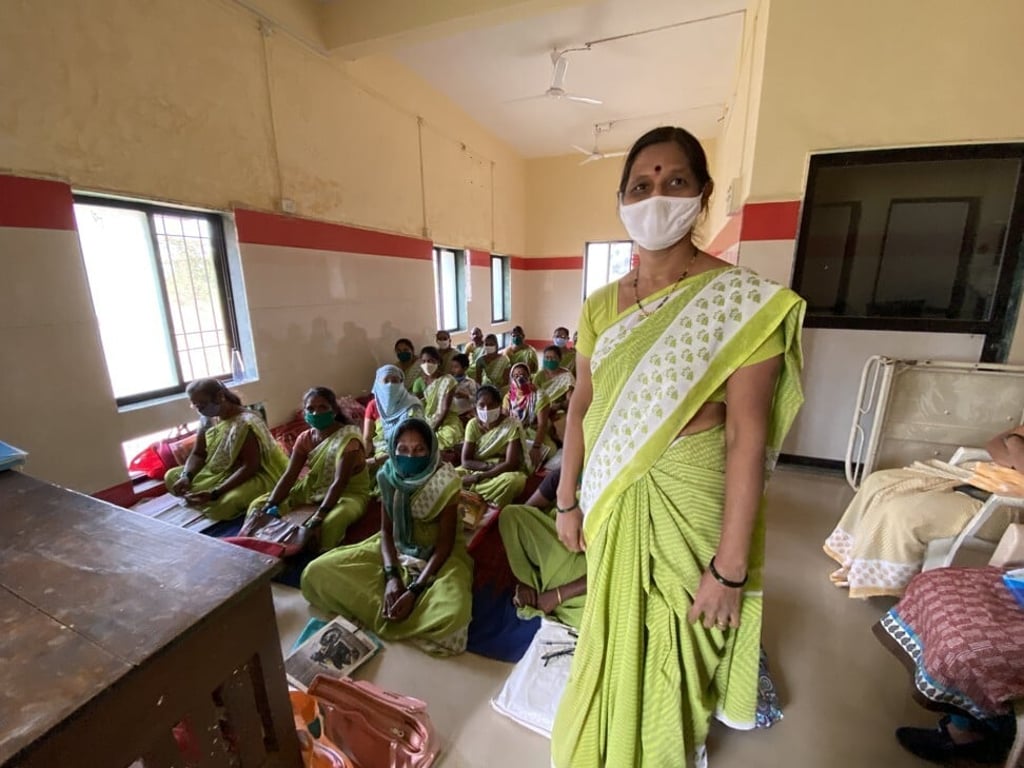How will India vaccinate 1.3 billion people? Its army of auxiliary nurses and midwives know
- These thousands of vaccinators form the first point of ground-level contact in the country’s health care system, and are ready to take on the coronavirus
- But immunisation drives in India can be a fraught process, with distrust of both the vaccines and those who administer them common

02:15
India trains workers to handle Covid-19 mass vaccination programme
In New Delhi, the countdown to a vaccine has begun.
At the heart of these moves is a country grappling with a core question: how do you vaccinate 1.3 billion people? For an answer, the example of Pratibha Shirke could offer some insight.

For 32 years, Shirke has walked long distances, climbed mountains and crossed rivulets in Raigad district, a little more than 70km away from India’s gleaming commercial capital, Mumbai.
The 56-year-old is one of the thousands of auxiliary nurses and midwives (ANMs) that form the first point of ground-level contact in India’s health care system. ANMs, among other their other tasks, are the vaccinators who drive India’s massive Universal Immunisation Programme (UIP), one of the largest health programmes in the world.